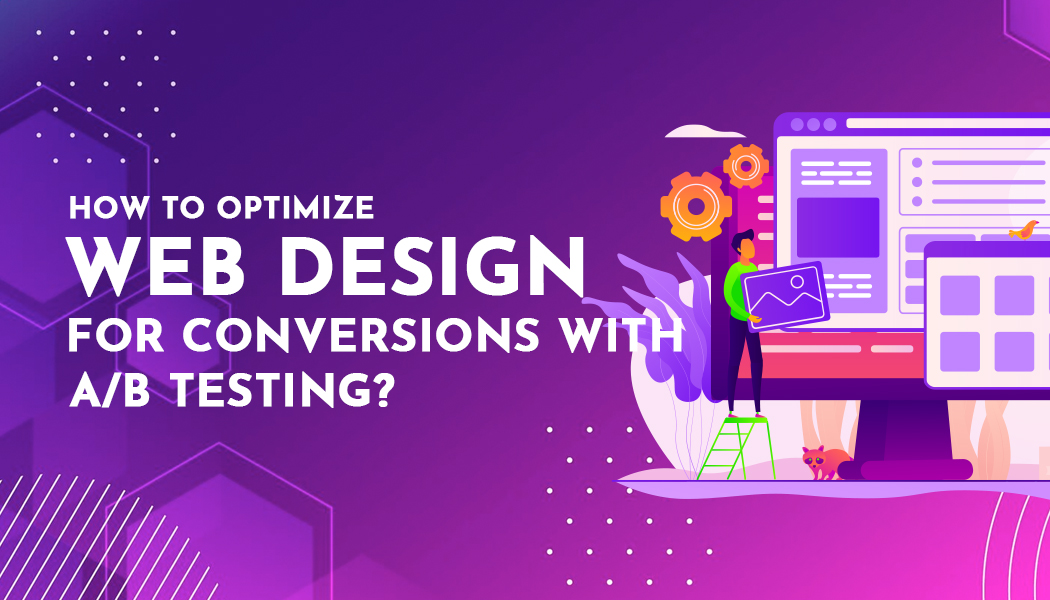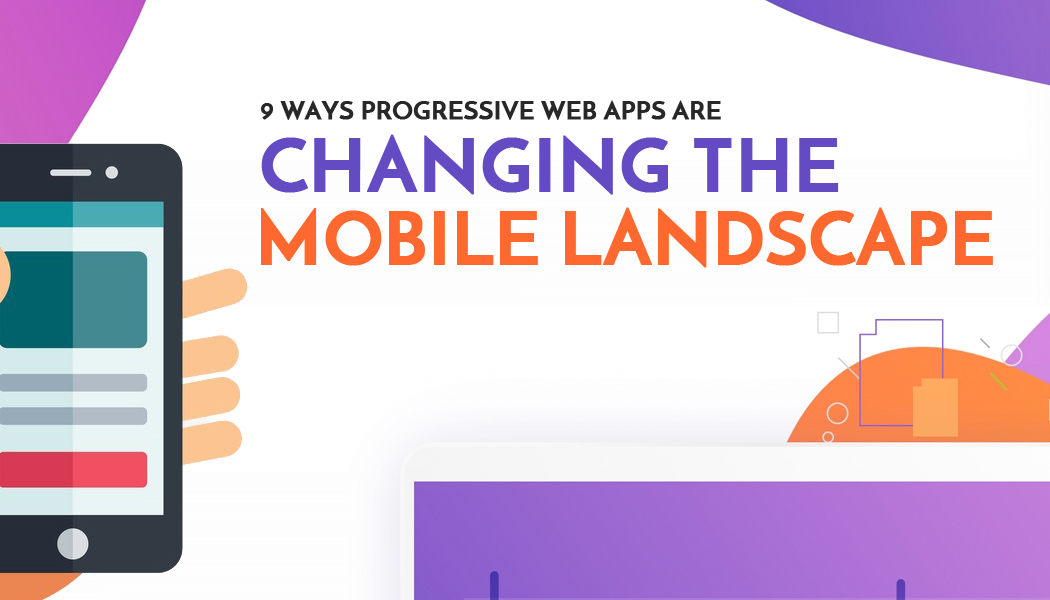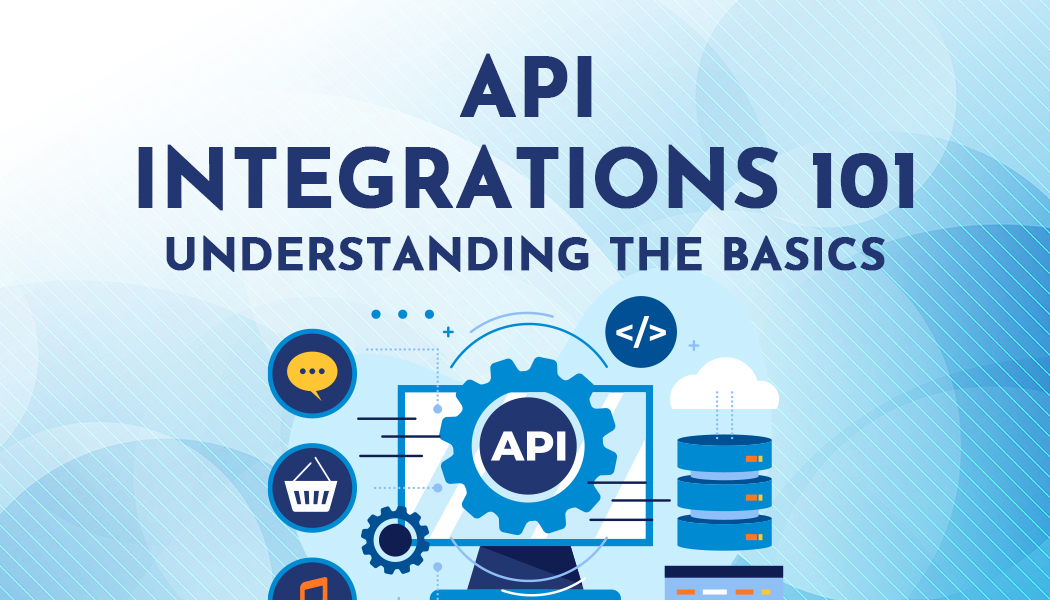How to Optimize Web Design for Conversions with A/B Testing?
This way of testing compares two versions of a web page. And if you need to determine which one performs better, you can check user engagement and conversion rates. This method is now a must-have approach for web designers and marketers since it can reallytest actual user behavior rather than assumptions.
What is A/B Testing?
A/B testing involves creating two versions of a webpage. Like Version A and Version B. And then, you will be randomly directing traffic to each version. By analyzing user behavior on both versions, you can determine which design or content elements lead to better results.
Key metrics such as click-through rates, conversion ratesand user engagement are important to select A or B verison. Common terminology associated with A/B testing includes control group (the original version) and test group (the modified version). Also, you will have an hypothesis which outlines the result of these A and B cases. If you need professional website design Calgary, you can contact Neon Team, an award-winning agency.
A/B Testing for Website Optimization
- This test give us chance to make better decisions. Because data you get here is based on real user data rather than guesswork.
- If you apply different testing and different designs, you can identify what resonates best with your audience.
- Small changes even such as button color or wording can significantly impact conversion rates. A/B testing helps you fine-tune these elements for maximum click and conversion.
- With implementing changes based on A/B test results rather than risking it, this minimizes the risk of negatively impacting real website performance.
Before starting an A/B test, you need to state your target at first. So, you can have target something like increasing click-through rates (CTR), increasing form submissions or enhancing e-commerce sales.
What Are Your Elements to Test?
Here, you will choose a specific element to test such as Headlines, Call-to-action (CTA) buttons, images or videos, or layout and design as well as your Navigation menus.
Creating Variations of Web Designs
Version A: The original version (control).
Version B: The modified version with the change you want to test.
Here you need to ensure that the only difference between the two versions is the specific element you are testing.
Choosing Your Testing Tools
Several tools can help you conduct A/B tests, such as Google Optimize as a free tool. VWO (Visual Website Optimizer) is a another one for A/B testing and personalization. And it offers A/B testing along with heatmaps and other features. While Unbounce is focused on landing page optimization and A/B testing.
After selecting the tools, it comes to analyze the data to determine which version performed better based on your predefined goals. Here we will look at:
- Conversion rates
- Bounce rates
- Average time on page
- Click-through rates
If one version significantly outperforms the other, you can really apply winning changes across your website.
Conversion rates basically means a benchmark for understanding to what extent your website encourages users to complete a desired action. This can be signing up for a newsletter, making a purchase or downloading a file. Monitoring the conversion rates between A and B is the ultimate way to choose best design element for you.
Best Practices for A/B Testing in Web Design
A/B testing basically aims to improve conversion rates for a website. So, conducting these tests with best practices that minimize erros you might see in real life. One of the fundamental principles is looking at meaningful metrics. Like checking if there is increased clicks, reduced bounce rates or higher conversions. This clarity will guide your testing efforts.
Another best practice is running these different web design versions long enough to gather enough data. Frequently, businesses evaluate their results too early. So, not enough testing duration can lead to misleading conclusions. Alongside duration, we need to find a significant sample size to reach a meaningful conclusion.. Small sample sizes often lead to variability and unreliable data.
And also, you should avoid testing multiple variables simultaneously. Because it will definetely doing so complicates the analysis. Instead of running A, B, C and D cases, you need to isolate one variable at a time. We mean focusing on one single element whether it is button color, layout changes or call-to-action wording. This focused approach will bring you clearer insights regarding choosing even a button color.
In conclusion, A/B testing is an essential tool for any website owner who wants to improve their website's performance. By testing different versions of your website, you can identify what works best for your audience and make data-driven decisions that lead to increased conversion




